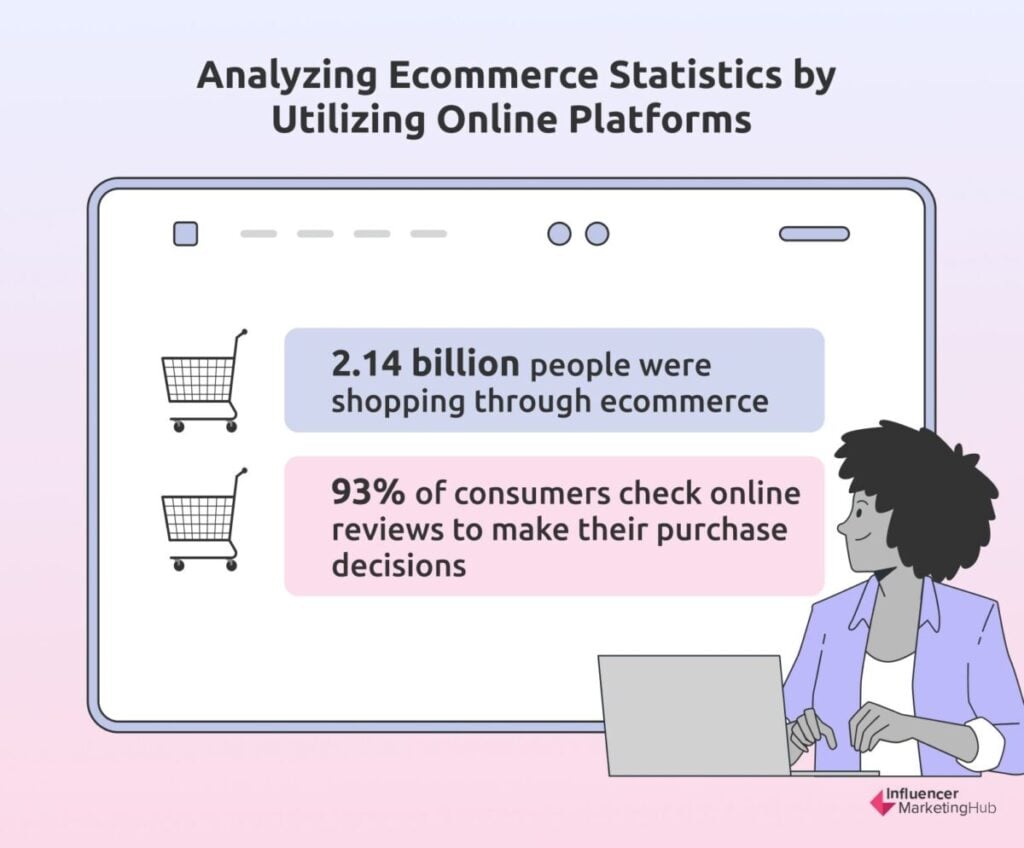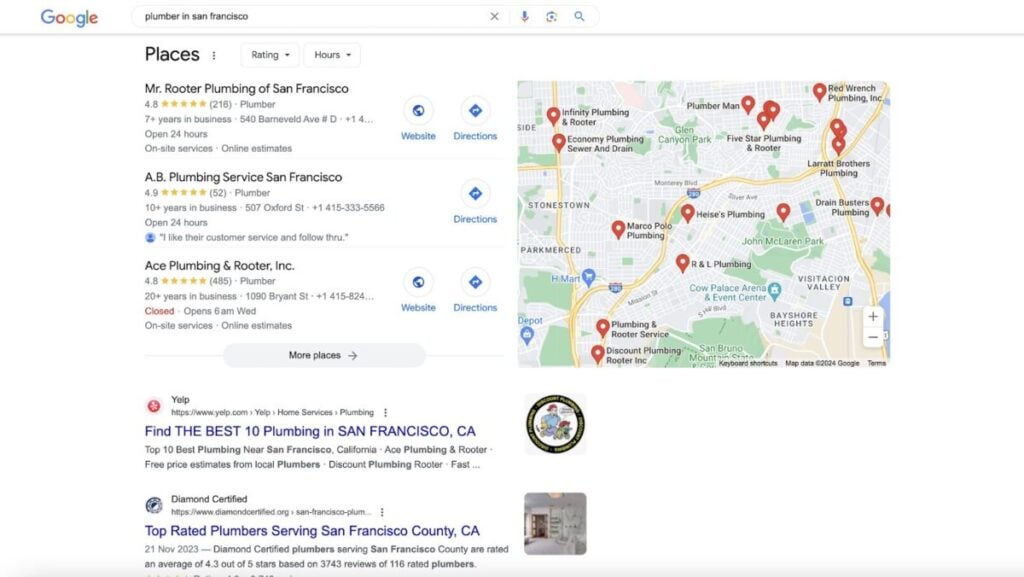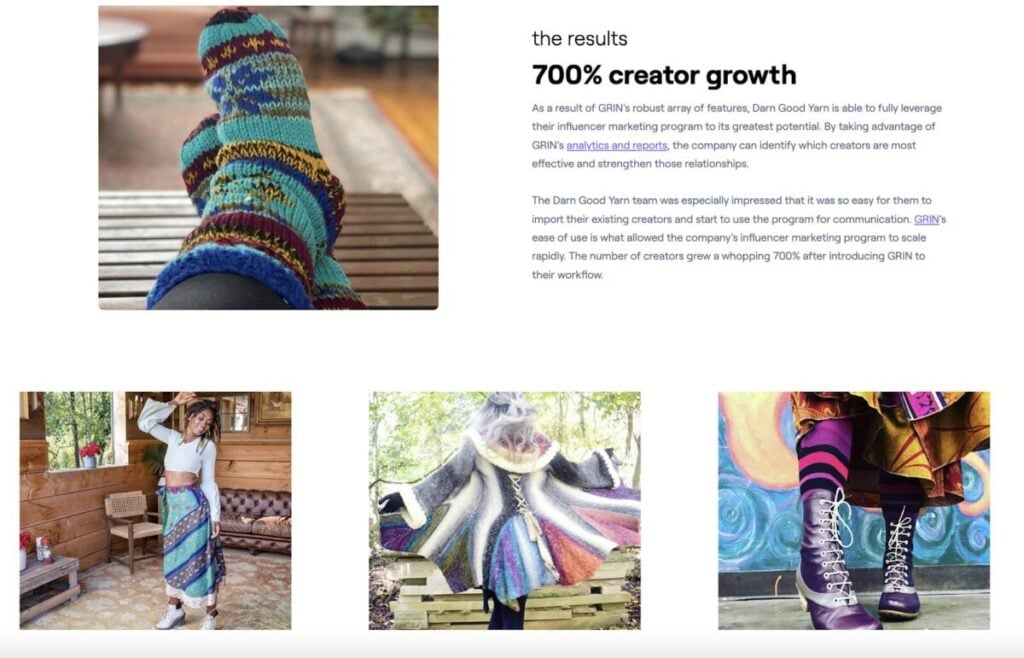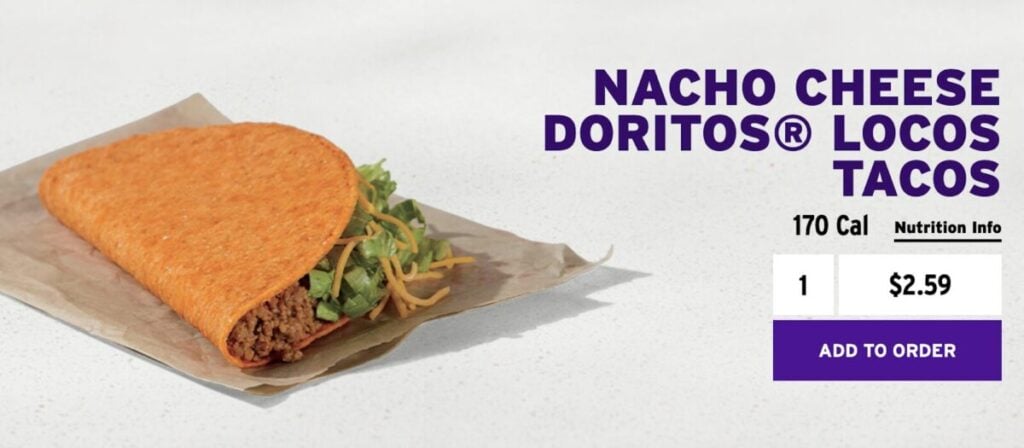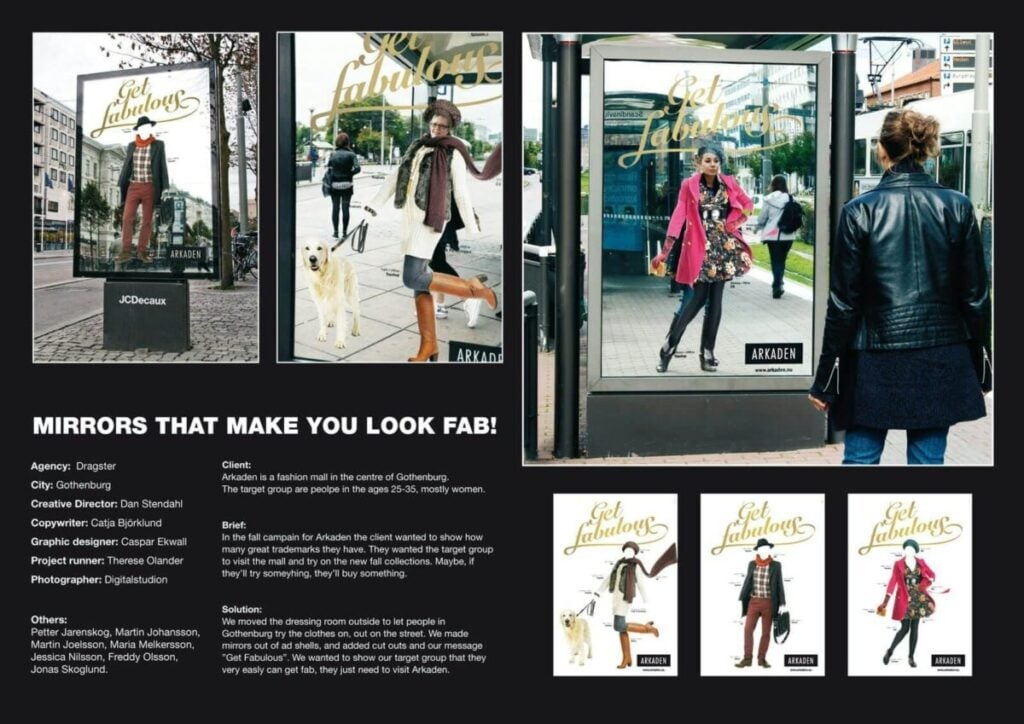When you’re marketing a small business, you may experience challenges due to budget restrictions and limited resources. Although you have great ideas, you may not necessarily have the tools or budget to execute them, which makes your job even more challenging. Fortunately, you can find a workaround with strategic marketing approaches that are particularly effective for small businesses.
In this guide, we take you through the process of creating effective marketing strategies for small businesses. From the essentials to the most creative ideas – we show you how you can get your business in front of the right people. Let’s take a look.
Leveraging Digital Platforms for Visibility and Engagement
The latest ecommerce stats reveal that 2.14 billion people were shopping through ecommerce in 2023. Even if they aren’t buying anything, they’re at least using the internet to find information about businesses and products.
Whether this involves looking up your business address or checking out what people are saying about you, they are turning to digital to form their opinions about your business. The ecommerce stats report cited above shows that 93% of consumers check online reviews to make their purchase decisions.
So if your business isn’t using digital platforms to attract and engage your audience, you’re falling behind. The first and most vital marketing strategy for small businesses is to make the most of digital platforms for increased visibility and engagement.
1. Establishing a Digital Presence
-
Google My Business:
Google is the first place people will look when they want to learn more about your business online. So having a Google My Business (GMB) listing is the first step to establishing your digital presence and enhancing your local SEO. Set up a free GMB profile and fill out all the essential details about your business such as:
- Business name
- Phone number
- Address
- Operating hours
- Website (if any)
This listing will show up when people search for your business on Google. If it’s well-optimized, it will also show up in relevant local searches, which significantly enhances your visibility and helps you attract people who are searching for the products and services you offer. For instance, you can see several GMB listings when you search for a “plumber in San Francisco.”
-
Emerging Platforms:
Besides setting up a GMB profile, you’ll want to maintain a presence across leading social networks. These networks open up a two-way communication channel where your customers can interact with your business. As such, they can effectively help you engage your target audience.
More importantly, consider experimenting with emerging platforms such as TikTok and Clubhouse where there’s lower competition. TikTok, in particular, has the highest engagement rates among all social media platforms. The latest TikTok stats show that the platform sees a 4.25% engagement rate. This makes it the perfect place to engage your audience with short-form video content.
Small business owners on TikTok are currently thriving with engaging video content that gives people an inside look into the business. These videos are often relatable, informative, or simply just entertaining.
@marisabelflowers If you have any question let me know 🥰🧚🏼💐 #flower#girlies#florist#doit#smallbusiness#florista#sandiego ♬ original sound - 000.dp._
2. Engaging and Understanding Your Audience
-
Advanced Audience Segmentation:
Your audience may have different needs and pain points, which means you can’t effectively engage them with generic offers and marketing campaigns. Segmenting your audience is a vital step to categorize your customers according to their unique needs and shared characteristics.
This will help you create marketing campaigns and offers that are more targeted to their specific needs. For example, a flower business could promote graduation bouquets to target customers who want to send congratulatory flowers, and Mother’s Day bouquets in May.
You can segment your customers according to demographics, geographic, behavioral, value-based, needs-based, technographic, psychographic, and lifecycle stages. If you’re new to this and lack the expertise, make use of customer segmentation tools like Campaigner and Drip to simplify the process.
-
Personalized Communications:
It’s not just the offers that you need to personalize but also the messaging. Make use of community and network data to see what people are talking about and what they’re interested in. Then personalize your communications accordingly to create more relevant messages for your audience.
Moreover, you can use free email automation tools like Mailjet to deliver highly personalized emails. These tools go beyond personalizing the name fields but also let you create automated workflows to send timely emails based on behavioral triggers.
Networking and Community Building
While major brands have the resources to launch widescale campaigns that reach a massive audience, small businesses have to rely on their community and network to amplify their messages. This makes it crucial to focus your resources on networking and building a community.
3. Networking Strategies
-
Industry Events and Conferences:
These events give you an opportunity to personally interact with other people and connect with others in the field. Not only can this help you expand your professional network, but it could even connect you with potential clients. A bigger network automatically helps you build a strong reputation so you can earn the trust of prospects.
-
Influencer Partnerships:
Influencers can amplify your reach with an established community of followers who look to them for recommendations and purchase inspiration. You may not have the budget to work with mega-influencers with millions of followers, but there are plenty of micro-influencers and nano-influencers within your budget.
In fact, nano and micro-influencer marketing is on the rise among brands that want to build trust with an engaged community. These influencers may have a smaller reach but can still get your brand in front of thousands of followers. The best part is that these followers have a high level of trust in the influencers, allowing you to instantly gain credibility.
The rates for these smaller influencers are ideal for smaller businesses on a tight budget. You can work with them on influencer gifting programs, giveaway campaigns, and events that are relevant to your campaign goal.
Darn Good Yarn was able to generate 2,000+ pieces of influencer content, which resulted in improved brand visibility. As a result, there was a 20% increase in subscription sales growth for the business.
-
Collaborations with Complementary Businesses:
You can also leverage partnership marketing strategies where you collaborate with another business that complements your own. This allows you to tap into the business’s existing audience base and offer something new to your own audience.
It may involve co-creating products and content, developing attractive deals and offers, co-sponsoring events, creating packages with complementary services, and more. Think of the Taco Bell and Doritos partnership but for small businesses.
4. Community Engagement
-
Social Media Engagement:
Briefly mentioned in the first point, social media serves as the perfect channel to engage with your audience. Create opportunities for interaction through questions, polls, and interactive stickers. Respond to messages and comments as well as brand mentions. You could also engage with Facebook Groups and, if relevant, Discord servers to facilitate deeper interactions.
Better yet, consider creating giveaway contests à la Meow Meow Tweet. The opportunity to win something for free could compel many people to engage with your business and drive visibility.
-
Online Forums:
On the same note, you can look into online forums to find industry-specific discussions that you can interact with. Forums like Reddit often have niche subreddits where people ask questions and start discussions related to the niche. You could participate in those conversations to provide expert insights and showcase your expertise.
Creative and Interactive Marketing Strategies
Just because you’re on a limited budget doesn’t mean you can’t get creative. In fact, it’s exactly why you should get creative with your marketing strategies. The more creative and interactive your strategy is, the more engagements you can get. This could help you further boost visibility and get your business in front of the right people.
5. Content Marketing with a Spark
-
Repurposing Content:
Make the most of your content creation budget by repurposing your existing content into new formats. You could turn a popular blog post into an infographic or video for social media, for example. Or you could compile several related blog pieces into a comprehensive guide. That way, you get more out of whatever you’re spending on content, which is perfect for small businesses.
-
Creative Content:
Go all out to develop highly creative content that would appeal to your target audience. Subliminal advertising strategies could be perfect for this, but you could also turn to humor and references that resonate with the type of audience you want to reach. Make use of visual storytelling, infographics, and videos to showcase your creativity.
Tails.com uses original graphics to share highly engaging Instagram content. These graphics illustrate fun jokes and references that are relevant to dog owners, offering a creative way to engage their target audience.
6. Gamification and Interactive Content
-
Interactive Campaigns:
People are much more likely to engage with your business when there’s a reason to engage. Integrating game mechanics into your content and marketing campaigns is a great way to get people to interact with your business and boost engagement. Think Instagram AR filters that let people play games using facial expressions or hand gestures or Story quizzes that people can play with a simple tap.
This doesn’t necessarily have to be confined to the online world. You can introduce gamification and interactive content even offline. For example, trivia nights at a local bar could drive participation and attract new customers.
7. Experiential Marketing
-
Pop-up Events and Workshops:
Another excellent way to engage your target audience is by immersing them in an experience. Experiential marketing creates an opportunity for one-on-one interaction, leaving a lasting impression on the audience. You could set up pop-up events and workshops to catch your audience where they are and build a connection with them.
For example, Spoonflower participated in the Quilt Con 2024 event where quilt businesses and aficionados gather to participate in special exhibits and quilt shows. The business didn’t just showcase their products but also hosted workshops to show their audience how to make the most of their fabrics.
Cost-Effective Brand Development
Cost-effectiveness is a priority when marketing a small business. That’s why you need to focus on building a brand instead of simply attracting customers. It’s important to establish your brand name in the industry so that people remember you when they need to buy your products or services.
8.Guerilla Marketing
-
Creative Campaigns in Public Spaces:
To reiterate, creativity is the most effective way to become a memorable brand. You want to set up campaigns that are so creative that people keep talking about you for weeks and months down the line. Consider guerilla marketing campaigns in public spaces that don’t need significant financial investment.
Think flash mobs, publicity stunts, temporary art installations, graffiti, and innovative packaging to name a few. Arkaden’s “Get Fabulous” campaign is the perfect example, featuring mirror installations with outfits that people can “try on” by simply standing in front of them. This enticed people to check out the company’s clothing collection to “look fab.”
9. Brand Ambassadors and Cross Promotions
-
Leveraging Community and Customer Base:
The most effective way to build a brand is to activate your community and turn them into advocates. Make use of referral programs and brand ambassador programs to build a loyal fan base.
You could also collaborate with other businesses for cross-promotion opportunities. For example, Tails.com partnered with Secret Linen Store to create a joint giveaway campaign for their Instagram followers. This allowed both businesses to tap into the other’s fan base at minimal cost.
Maximizing Public Relations and Partnerships
10. Public Relations on a Shoestring
-
Local Media and Podcasts:
Local news outlets and podcast creators are always on the lookout for interesting stories to share with their audience. Consider pitching stories that will help you build brand awareness and gain recognition in the local market.
Think of stories that would appeal to the audience while getting your business in the spotlight. For example, you could pitch a story about how your employees recently participated in a marathon to raise funds for veterans.
11. Strategic Partnerships
-
Non-Profit Collaborations:
On a similar note, you could form strategic partnerships with non-profit and charity organizations in the area to contribute to the community. Look for organizations that are aligned with your brand values and find a way to contribute – whether it’s donating free lunch to underprivileged kids or feeding the homeless.
This type of partnership will help you improve your reputation in the community. Plus, it makes for a good story, which automatically helps you with the previous strategy.
For example, Arctic Haven Studio partnered with the Alaska Wildlife Conservation Center to donate proceeds from the sale of their stickers and sets.
Getting Started with Small Business Marketing
As you can see, there are plenty of impactful ways to get your small business in the spotlight. Many of the strategies highlighted above don’t even need significant investment, although they do need a bit of planning. Use these as a starting point to come up with creative and effective strategies to market your small business.
